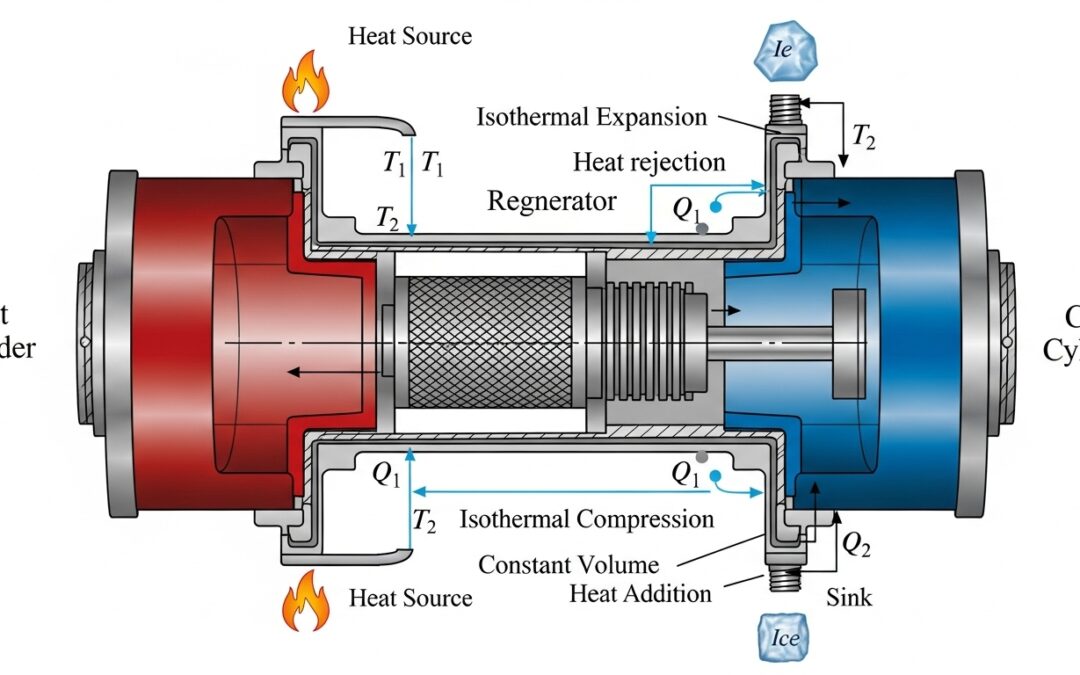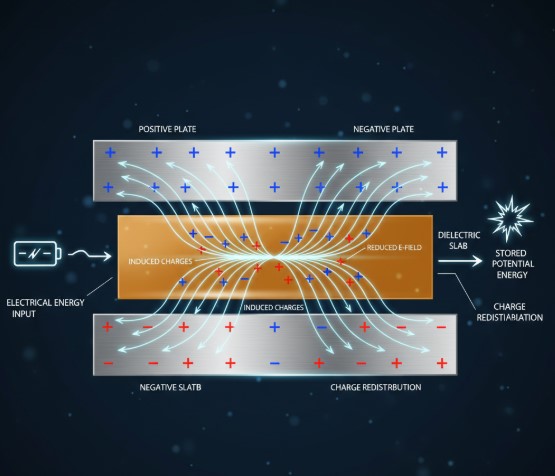Problem Set on Motion in One Dimension
Problem 1: Constant Velocity
A car travels at a constant velocity of 60 km/h for 2 hours. How far does it travel?
Solution:
Distance = Velocity × Time = 60 km/h × 2 h = 120 km
Problem 2: Acceleration from Rest
A skateboard accelerates from rest at a rate of 2 m/s² for 5 seconds. What is its final velocity?
Solution:
Final Velocity = Initial Velocity + (Acceleration × Time) = 0 + (2 m/s² × 5 s) = 10 m/s
Problem 3: Displacement with Uniform Acceleration
A train starts from rest and accelerates uniformly at 1 m/s² for 10 seconds. Find the total displacement.
Solution:
Displacement = Initial Velocity × Time + 0.5 × Acceleration × Time² = 0 × 10 + 0.5 × 1 m/s² × (10 s)² = 50 m
Problem 4: Deceleration
A cyclist moving at 25 m/s applies brakes and comes to a stop in 5 seconds. What is the cyclist’s acceleration?
Solution:
Acceleration = (Final Velocity – Initial Velocity) / Time = (0 – 25 m/s) / 5 s = -5 m/s²
Problem 5: Velocity from Displacement
A sprinter covers a distance of 100 meters in 10 seconds, starting from rest. What is the sprinter’s final velocity?
Solution:
Using \(s = ut + \frac{1}{2}at^2\), we rearrange for \(a = \frac{2s}{t^2}\), thus \(a = \frac{2 \times 100}{10^2} = 2 m/s^2\).
Then, \(v = u + at = 0 + 2 \times 10 = 20 m/s\).
Problem 6: Distance Traveled During Acceleration
A car accelerates from 10 m/s to 30 m/s in 4 seconds. How much distance does it cover in this time?
Solution:
Average Velocity = (Initial Velocity + Final Velocity) / 2 = (10 m/s + 30 m/s) / 2 = 20 m/s
Distance = Average Velocity × Time = 20 m/s × 4 s = 80 m
Problem 7: Finding Time with Velocity and Acceleration
A vehicle increases its speed from 20 m/s to 40 m/s with an acceleration of 5 m/s². How long does the acceleration last?
Solution:
Time = (Final Velocity – Initial Velocity) / Acceleration = (40 m/s – 20 m/s) / 5 m/s² = 4 seconds
Problem 8: Free Fall
A stone is dropped from a height of 45 meters. How long does it take to hit the ground? (Ignore air resistance, \(g = 9.8 m/s^2\))
Solution:
Using \(s = ut + \frac{1}{2}gt^2\), with \(u = 0\), \(s = 45m\),
\(45 = \frac{1}{2} \times 9.8 \times t^2\),
\(t^2 = \frac{45 \times 2}{9.8}\),
\(t = \sqrt{\frac{90}{9.8}} \approx 3.03\) seconds.
Problem 9: Maximum Height
A ball is thrown vertically upward with a velocity of 20 m/s. What maximum height will it reach? (\(g = 9.8 m/s^2\))
Solution:
Using \(v^2 = u^2 + 2as\), with \(v = 0\), \(u = 20 m/s\), \(a = -9.8 m/s^2\),
\(0 = (20)^2 + 2(-9.8)s\),
\(s = \frac{(20)^2}{2 \times 9.8} = 20.41\) meters.
Problem 10: Time to Reach the Ground
A ball is thrown vertically upward with a velocity of 15 m/s. How long will it take to return to the starting point? (\(g = 9.8 m/s^2\))
Solution:
Time to reach the maximum height:
\(v = u + gt\), \(0 = 15 – 9.8t\),
\(t = \frac{15}{9.8}\).
Total time to return = \(2 \times \frac{15}{9.8} \approx 3.06\) seconds.







0 Comments